T-50: the most high-tech aircraft in Russia
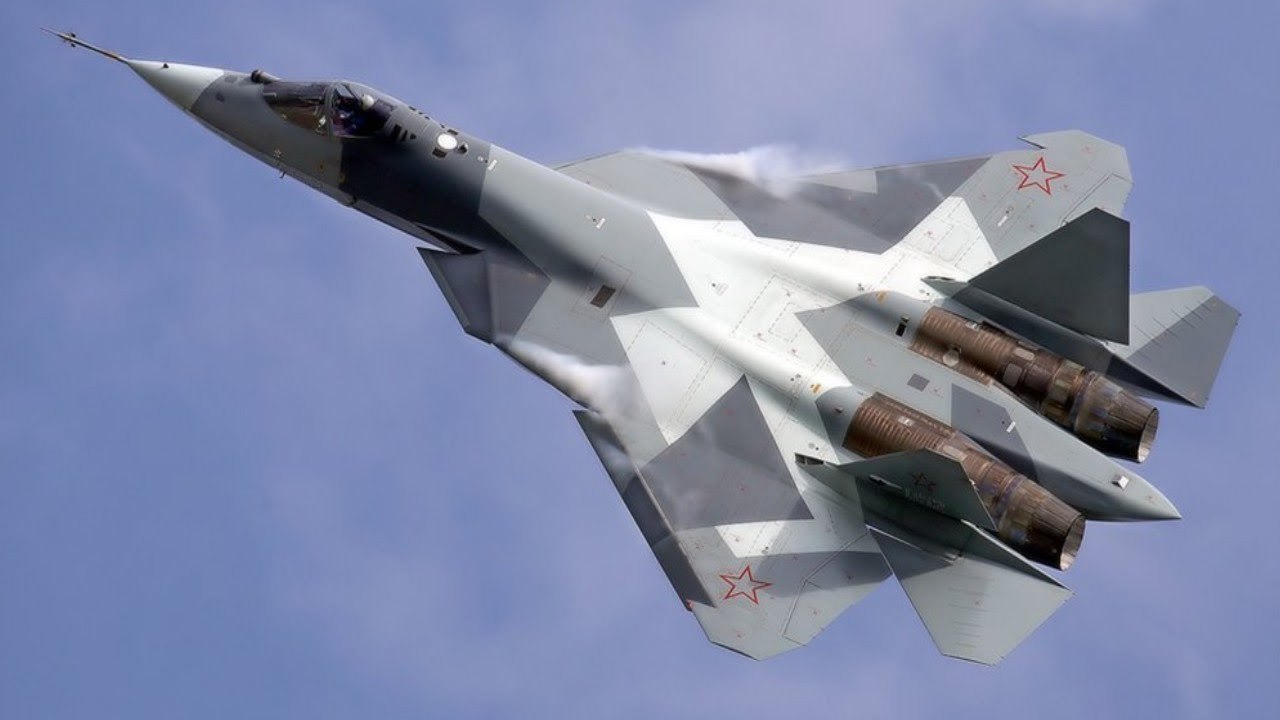
Tests of the fifth generation fighter T-50 are in the final stage. A promising front-line aviation complex (PAK FA) will go into service with the Ministry of Defense of the Russian Federation in 2017. Earlier, a similar vehicle, the MiG-35, was developed, but in the early 2000s the project was curtailed because the Defense Ministry relied on the more promising “Drying ". Interestingly, at the end of 2015, the MiG was reanimated and decided to put into service in 2018, but still this is the machine of the so-called “4 ++” generation, and the “Dry” is the real “five”. In the world there is only one aircraft of this class - the American F-22 Raptor, which was to surpass the task. Due to what? This we find out with Hi-Tech Mail.Ru.
Invisibility
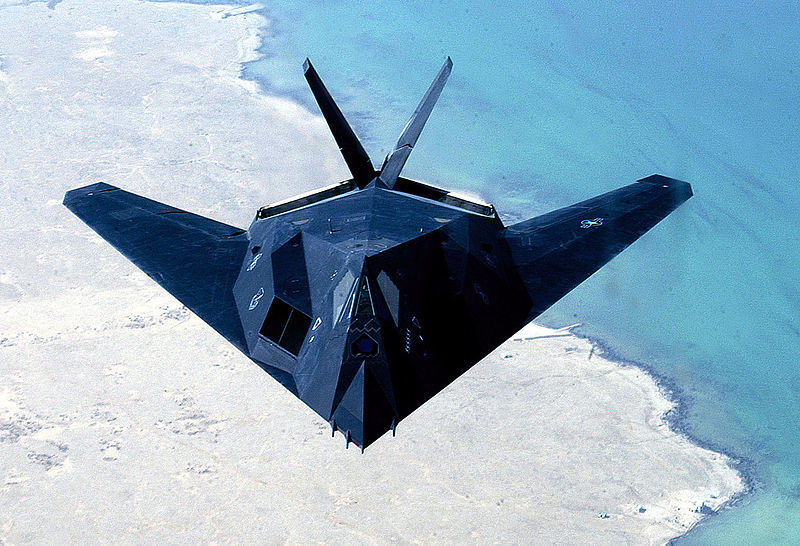
F-117 in flight.
One of the main requirements for fifth-generation fighter jets is stealth. This is not about the technologies of all the famous "Stealth". The Lockheed F-117 Nighthawk, which became popular in mass culture as a textbook embodiment of the “Stealth fighter” (although in fact it is a tactical strike aircraft), made its first flight in 1981. Over the years, the air defense systems developed to such a level that the stealth aircraft had stopped pose a serious threat.
')

The T-50 doesn't look as futuristic as the F-117 or B-2 Spirit , but it’s better to remain unobtrusive with the task of remaining unnoticed. Since the junction of aircraft elements at right angles reflects the signal emitted by the radar, the T-50 design is designed to dissipate it as much as possible. In addition, the aircraft has a special radio absorbing coating. Even if the radar detects it, the direction of movement and speed can not be determined. And in case of using the infrared (due to the heat of the engines) or acoustic (due to their noise) detection systems, new engines were created - “cold” and “quiet”. On such engines, the T-50 goes to supersonic speed without using the afterburner mode.
Intelligence service
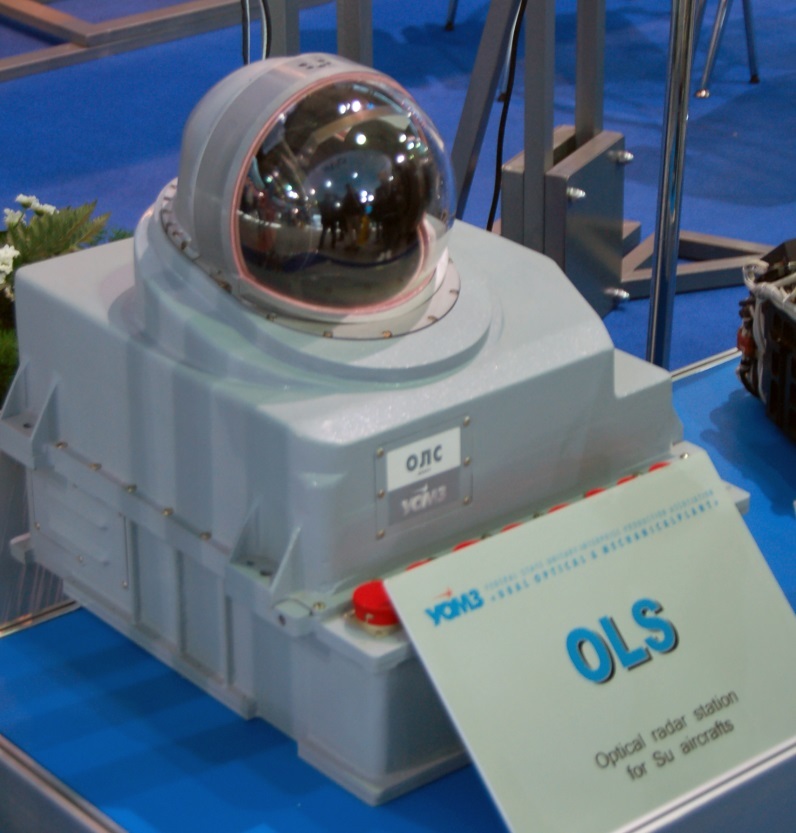
On the T-50, in addition to the traditional radar station (radar), which provides target detection in any conditions, several radar and optolocation stations (OLS) are installed throughout the fuselage. There are five built-in antennas. The fuselage is 25% made of radiotransparent carbon fiber. Radar with an active phased antenna array H036 "Belka" X-band is specially designed for the new fighter, it has 1526 transceivers. This is all that can be said about it - the other characteristics are classified. However, the characteristics of the previous generation - H035 "Irbis" with a passive phased antenna array, detected up to 30 air targets at a distance of 300 km.
In front of the PAK FA wing, another L-band radar (~ 1-2 GHz ) is installed, which makes visible enemy fighters that do not have protection technologies against such locators (they are effective only for certain frequency ranges, and during their development such radars did not have). There are also two side-view radars. The main feature of the new systems is the predominant use of passive rather than active sensors, so as not to “give out” the plane to working locators.
Piloting
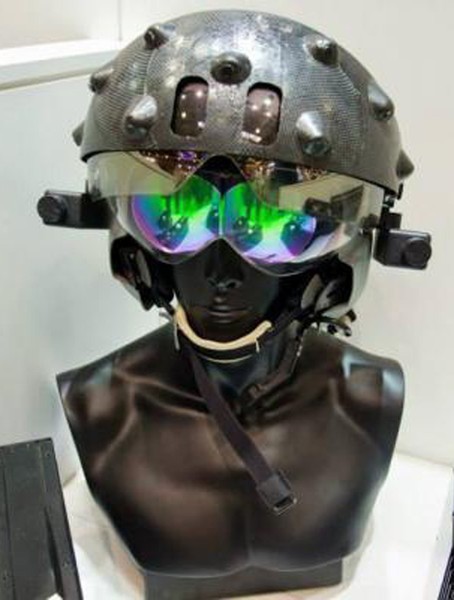

The pilot’s safety is ensured by an on-board computer that continuously monitors flight parameters - speed, angles of pitch and roll, flight altitude, angular velocities, and even the weight of the pilot. In case of an accident, the ejection occurs instantaneously - faster than a person will have time to realize the presence of problems.
The cab has two main 15-inch displays and some additional ones, and some information is displayed directly on the pilot's helmet glass, there is also a voice informant. The helmet tracks the position of the pilot's pupils, so that the aircraft can capture the target if you just look at it. The pilot's helmet is able to withstand (together with the pilot) the ejection at speeds of up to 1 thousand km / h. Whether the T-50 helmet can literally “see” through an airplane, as it is done by projecting an image onto glass in an F-35, is currently kept secret.
T-50 can reach speeds of up to 2.1 thousand km / h and cover a distance of 5.5 thousand km.
Armament
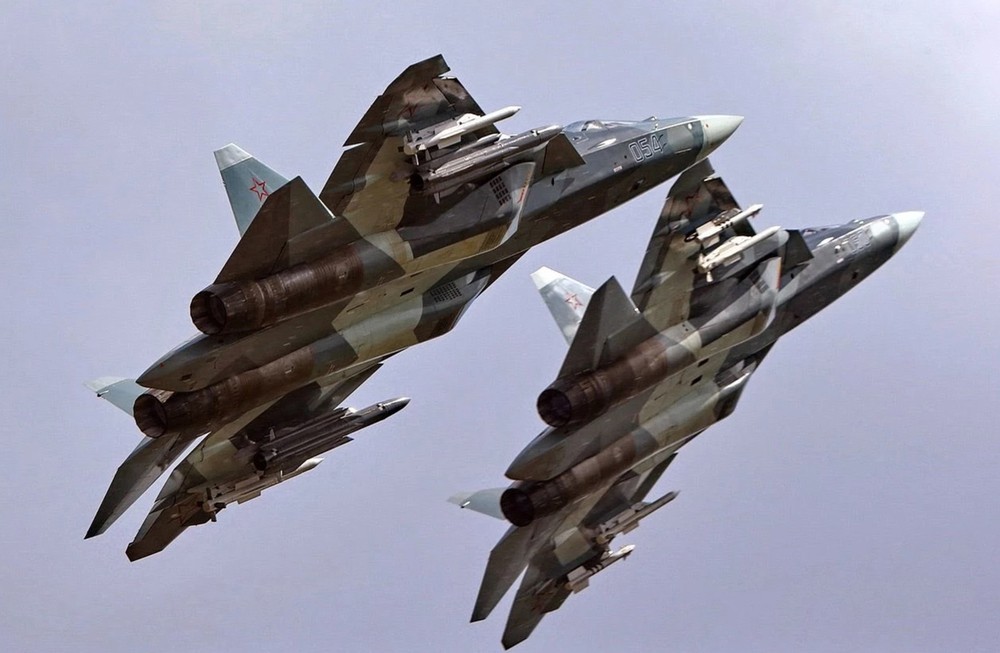
In fifth-generation fighters, part of the armament is located in the internal compartments (for masking). First of all, these are short-range, medium-range and long-range air-to-air missiles. Despite their novelty (RVV-MD, RVV-SD, RVV-BD), conceptually, these are modernized missiles developed in the 1980-1990s, differing mainly in flight range and modern electronic filling: higher accuracy of guidance, noise immunity and sensitivity. Otherwise, the principle of operation is the same: the rocket captures the target and flies after it, after which at the optimal distance to it (determined with the help of a laser rangefinder), the fuse is activated and the enemy aircraft is hit.
In addition, air-to-air missiles are being developed for the T-50, which are adjustable air bombs falling strictly along given coordinates. Also, it will be installed new rapid-fire gun, capable of operating in any flight mode.
Discourse on the PAK FA
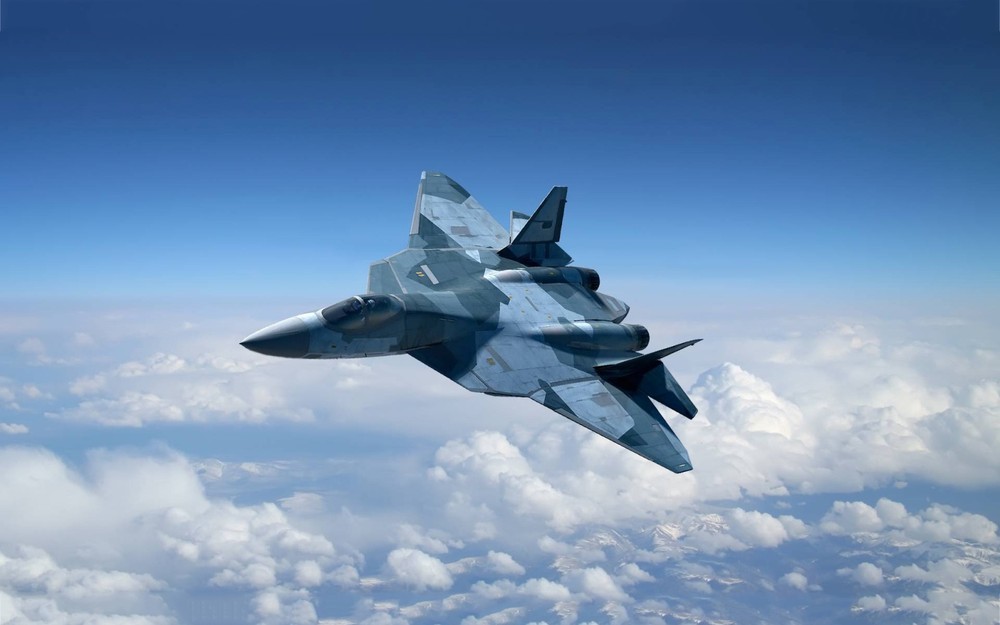
It seems that this was the first full-fledged article on the T-50 for the entire lifetime of the resource. The military has its own reasons to be silent: firstly, everything is terribly secret, and secondly, there is no understanding how to advance (and whether) the achievements of the military space industry to the masses.
There are several dozen users per one conventional “Green Cat” who are ready to write at least one space article. They talk about military developments with a diametrically opposite frequency: there are practically no popularizers who are interested primarily in technology rather than patriotism, and some articles deal with abstract topics. There is nothing wrong with patriotism itself. Posts in the style of "Hurray, our plane is the best" may contribute to the choice of a pilot's career, but such stories will be negligible. And whether it is necessary to increase the demand for the military profession, if the total number of PAK FA by 2020 hardly exceeds 50 pieces?
At the heart of this post is a simple idea: each T-50 is not just an aircraft designed to destroy a potential enemy. Behind this development are thousands of people - scientists, engineers, designers. The leading edge of the achievements of all Russian aviation is concentrated in this project. And here the net popularization of research and technology comes to the fore.
Source: https://habr.com/ru/post/372459/
All Articles